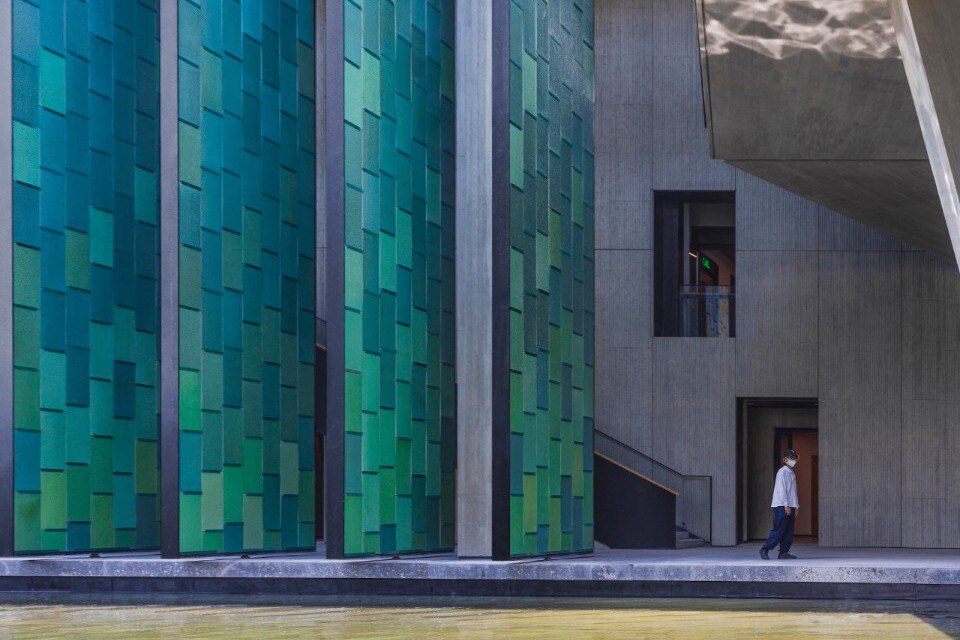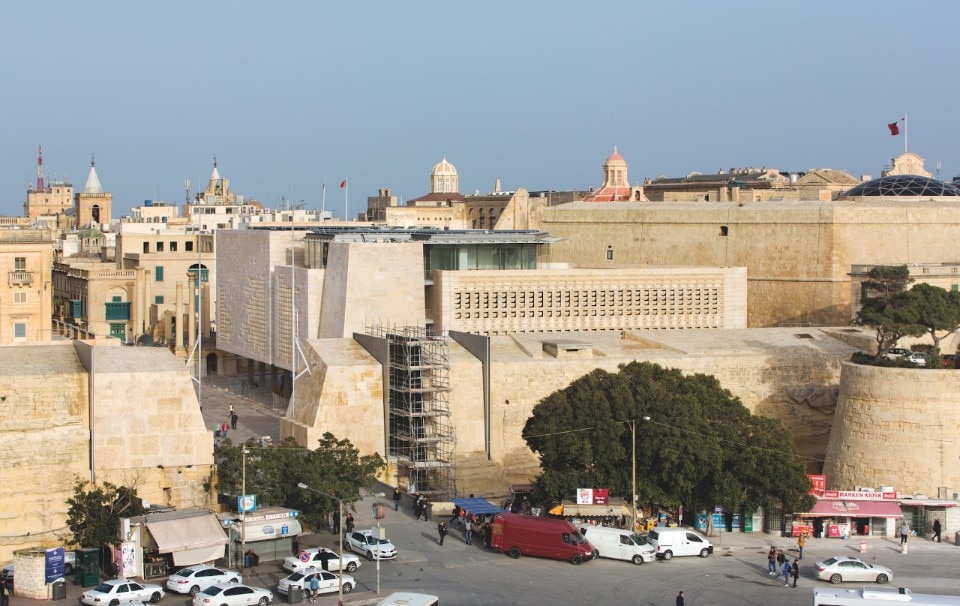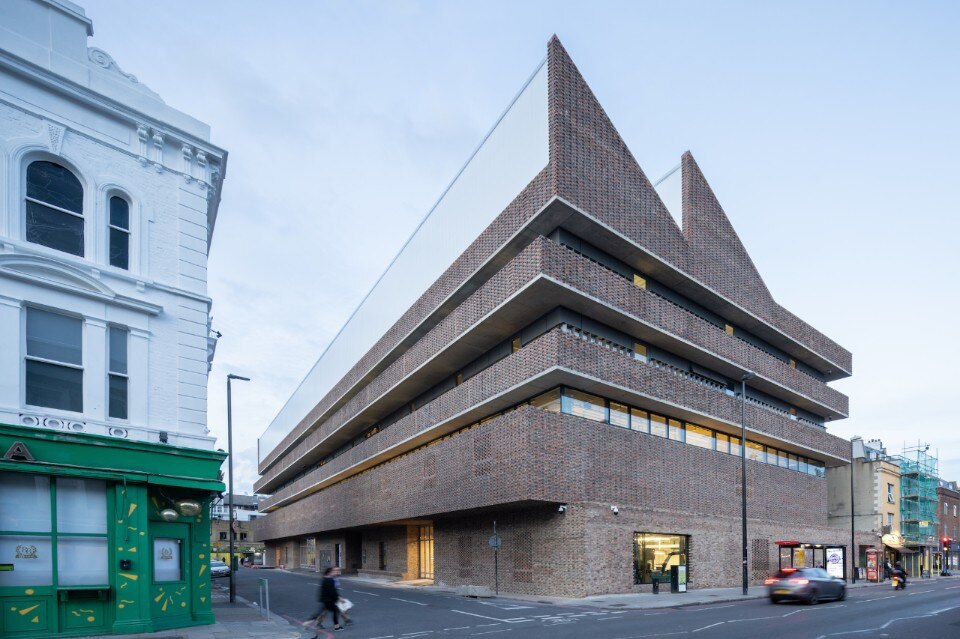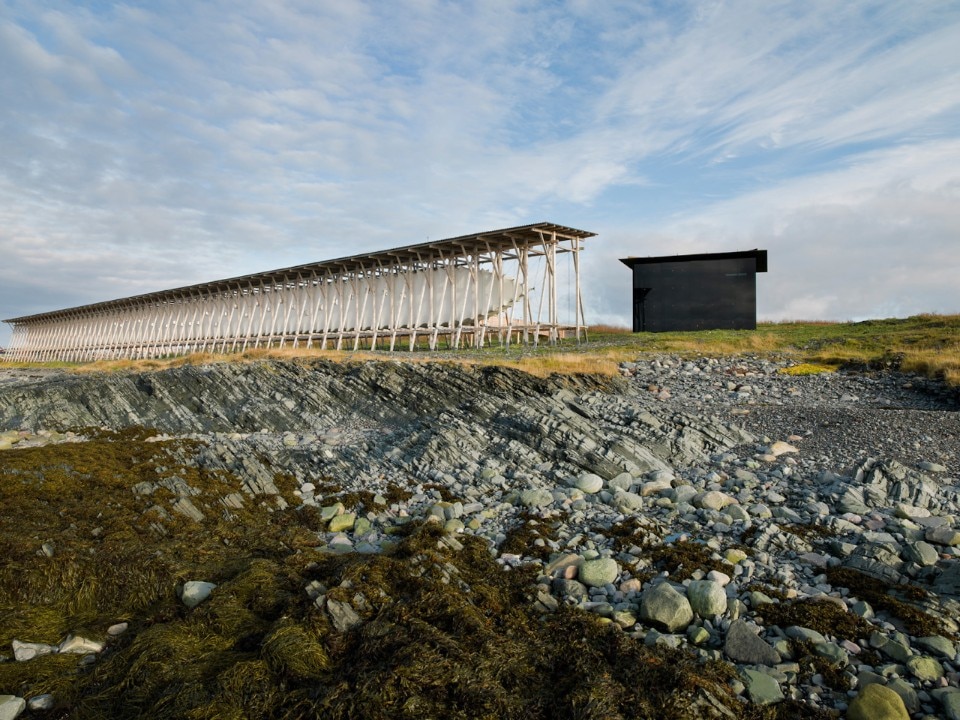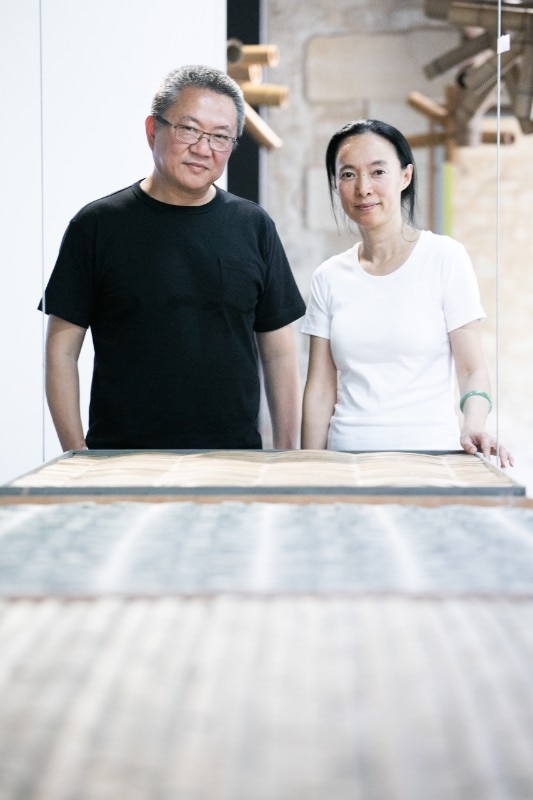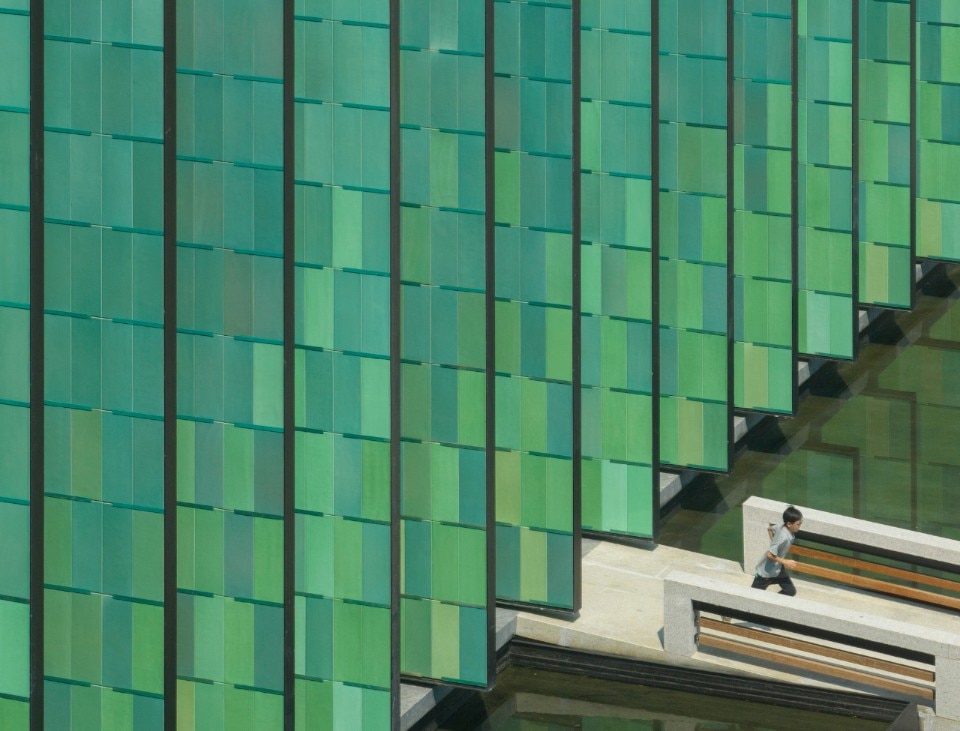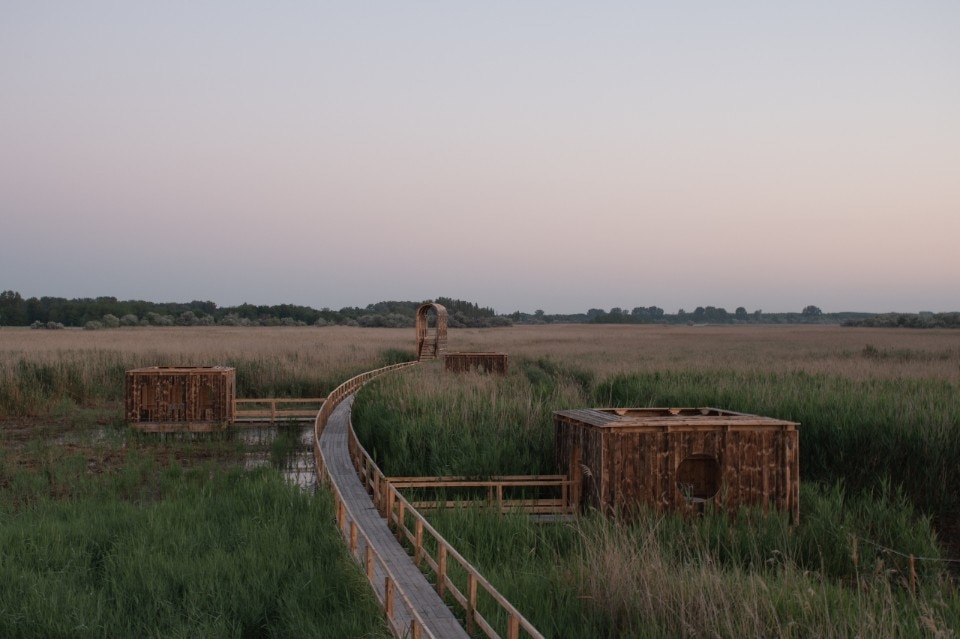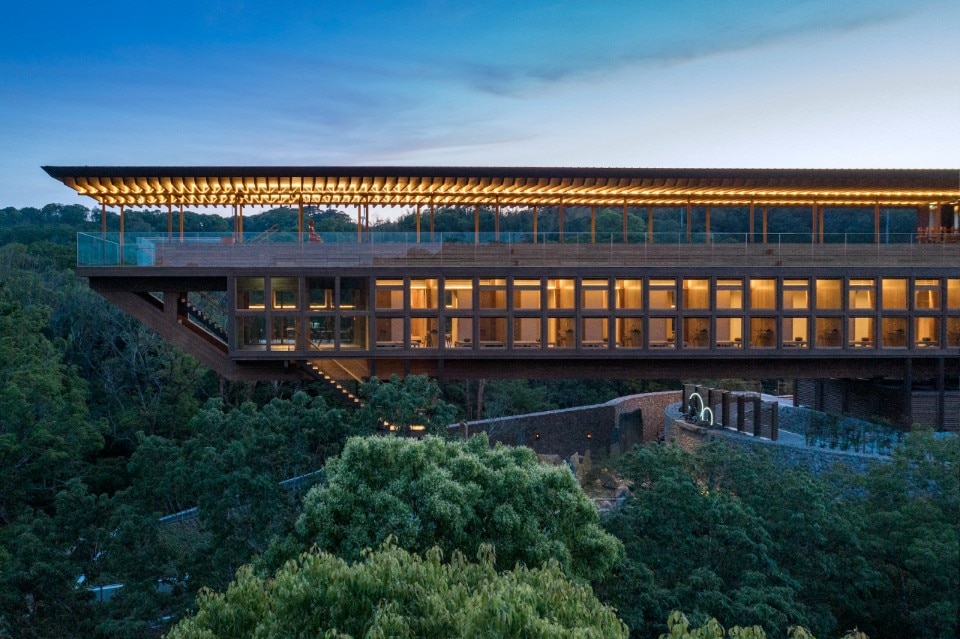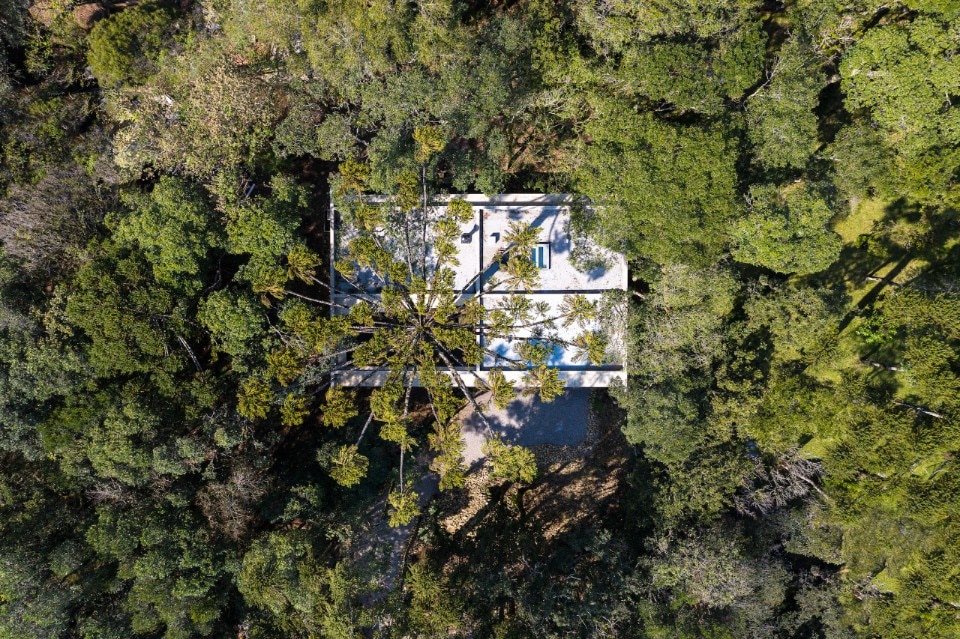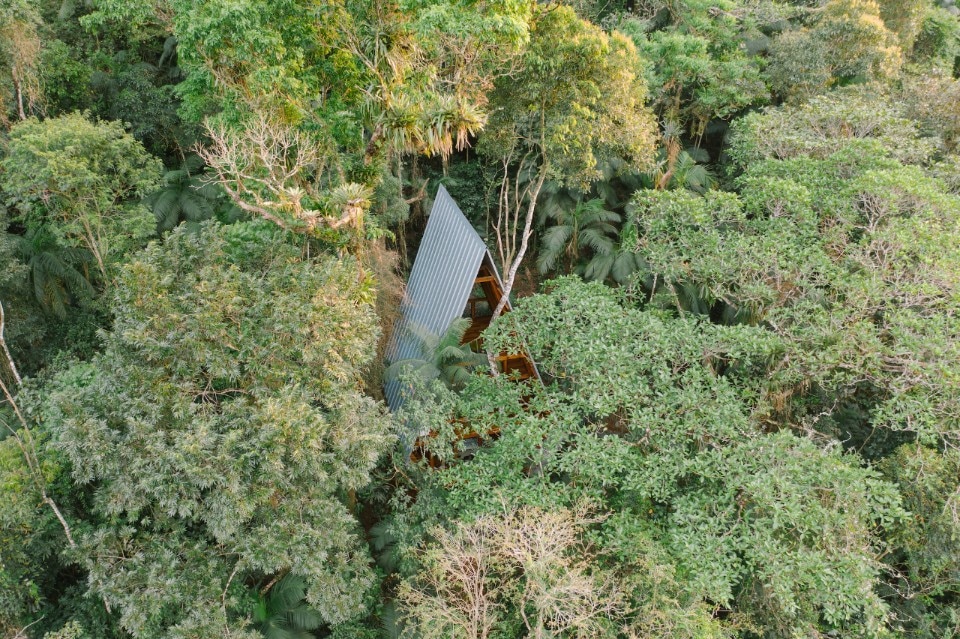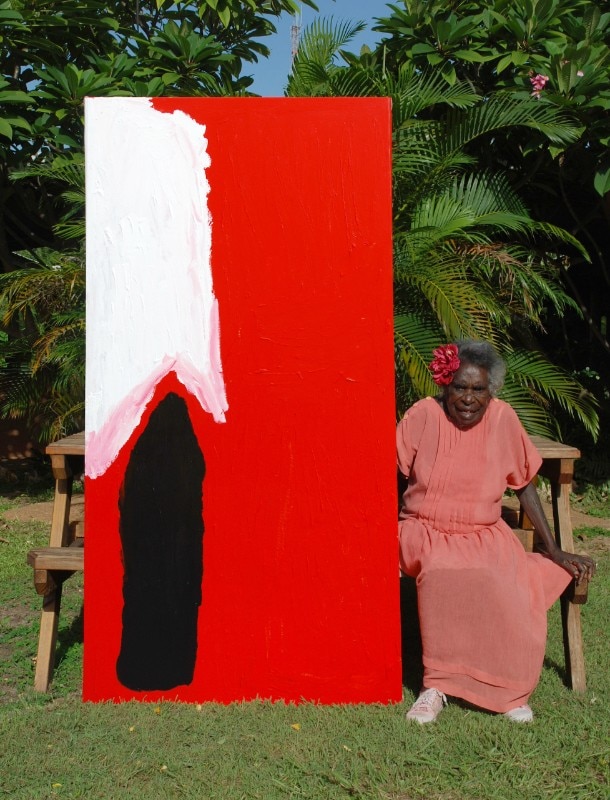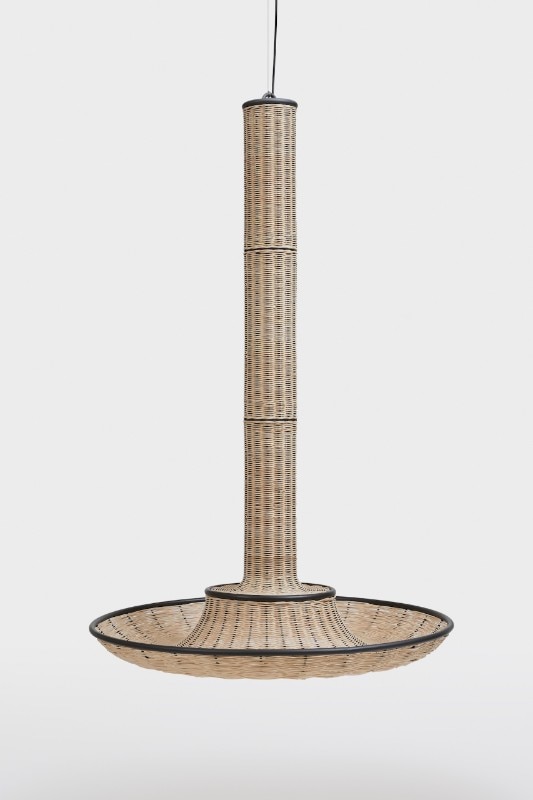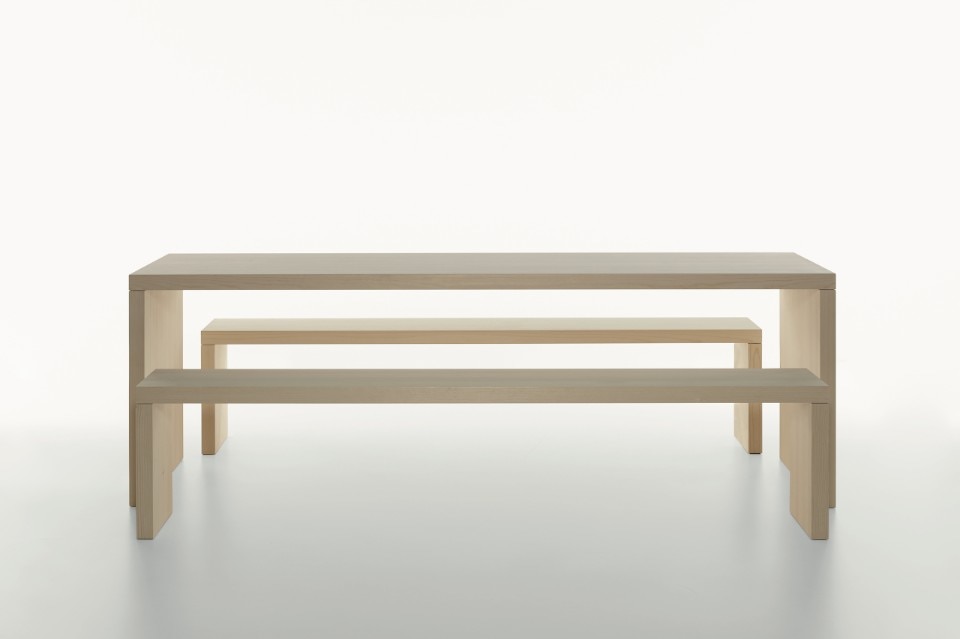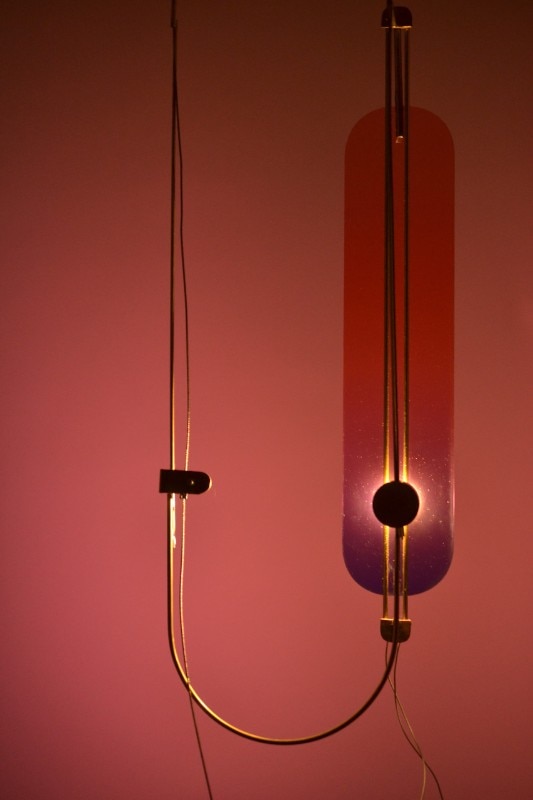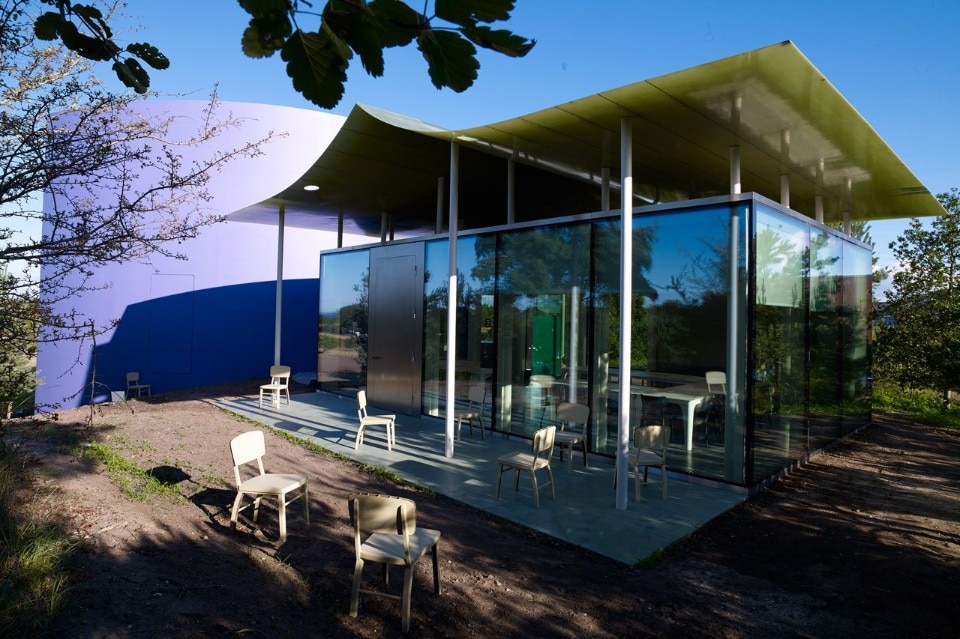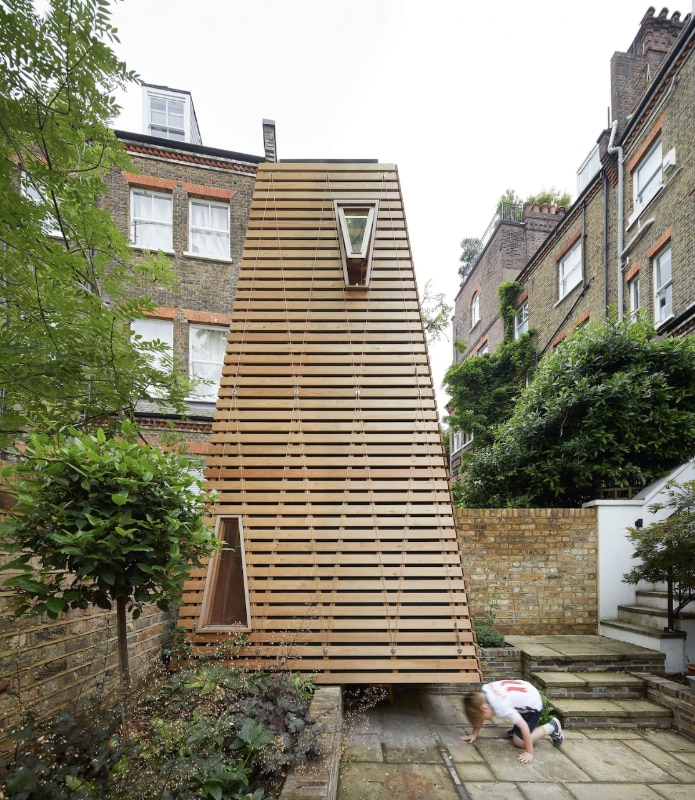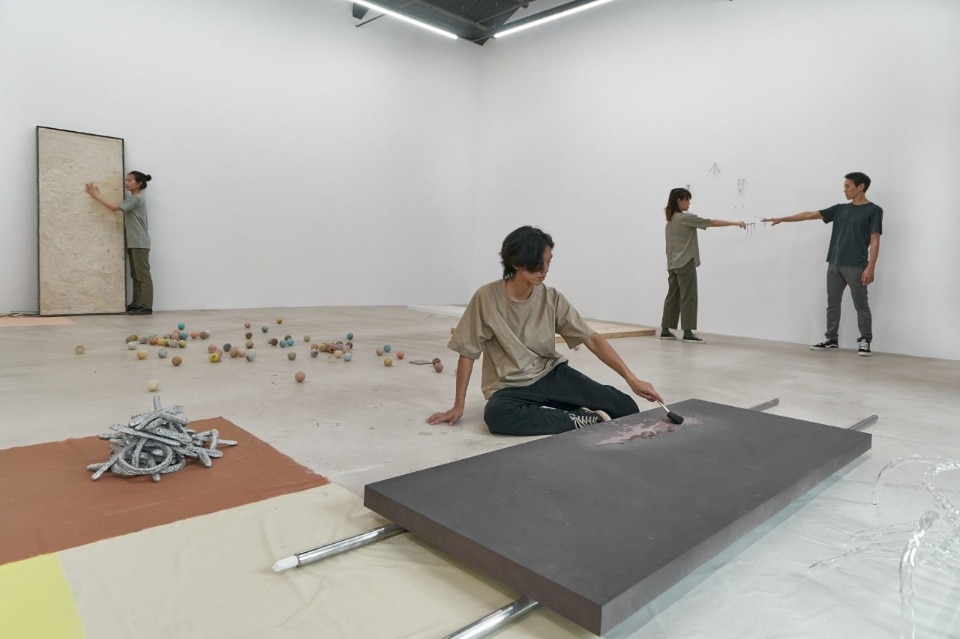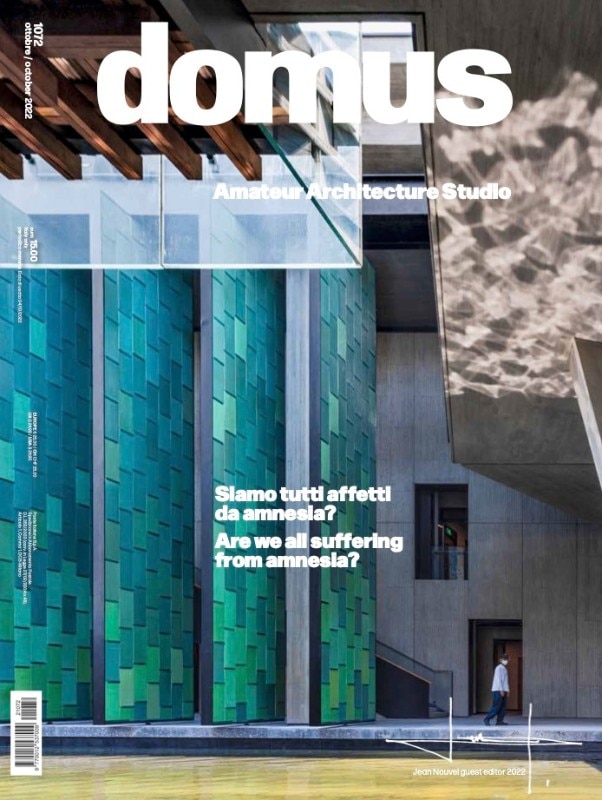Domus 1072, on newsstands this October, focuses on memory and the risk of oblivion in the world of immediacy. In his Editorial, Guest Editor 2022 Jean Nouvel talks about the importance of past and future time and how today’s architecture can be able to create emotions and make us reflect. “Let us remember that active modernity, the modernity of permanent invention, demands to be connected to more distant inventions and more ancient knowledge. We no longer have time to think. We no longer have time to remember”.
Next, in the Essays, architecture critic and historian Irénée Scalbert writes about how buildings designed by architects need to be seen, need to be looked at and admired, and yearn to be photographed and publicized. Next, Valter Scelsi writes about the work of Swiss master Peter Zumthor. “What the classicism of the architect evoked by Zumthor suggests to us is twofold: on the one hand, the work of composing a work can be seen as a simple inference, on the other hand, it can be understood as something that acts through a form of resonance, a sort of progressive involvement”.
The first part of the Architecture section is dedicated to the work of Amateur Architecture Studio. Introducing the studio, Professor David Leatherbarrow decides to analyze the National Archives in Hangzhou as one of the best expressions of their work. Here the movement along the boundary lines between hills and bodies of water unites the different buildings that make up the National Archives. In fact, on the site, these two natural elements alternate and, articulated and accentuated by the buildings, now seem, in retrospect, to have provided the project with its primary structure.
The section continues with a project by Paradigma Ariadné in Hungary of five structures linked by a walkway, which create an observation platform that retrieves formal and material aspects from the agricultural buildings of Eastern Europe. Shigeru Ban Architects present the recent Zen Wellness Seinei Awaji, an imposing linear building culminating in a cantilevered Vierendeel wooden beam: the structural choices made aim to maximize continuity between interior and exterior. Luciano Lerner Basso accompanies us to the Fortunata House, a residence surrounding an Araucaria tree built by minimizing waste and exploiting construction waste materials. Closing the section is Casa Macaco by Atelier Marko Brajovic, a villa in Brazil characterized by a minimal footprint on the ground.
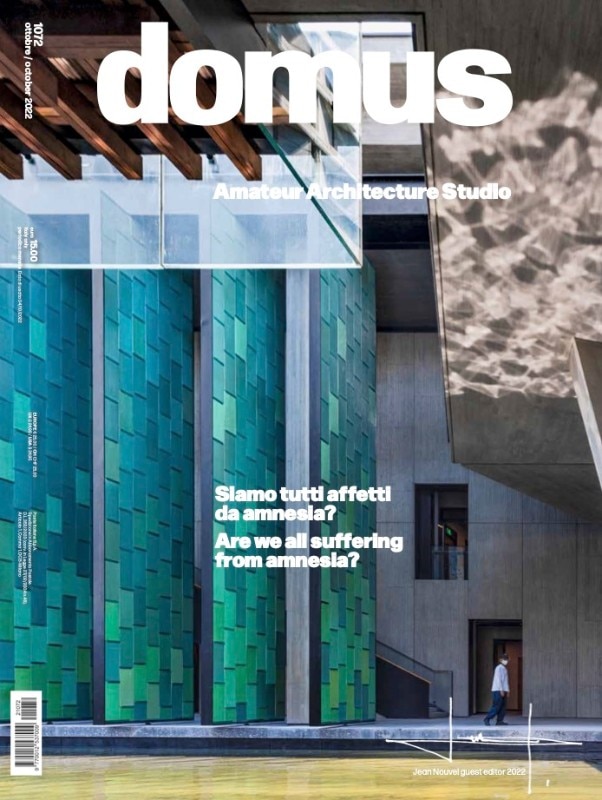
This month’s Art column is dedicated to the work of Sally Gabori, an Aboriginal artist who, through the bright colors of imaginary landscapes, revives the memory of her homeland. “The history of this people and that of the artist are strongly intertwined, to the point that it is almost impossible to understand her visual research without knowing the hardships suffered by her community due to western colonialism,” writes Angela Maderna.
For Design, Sicilian designer Giuseppe Arezzi starts from the rural archetype to create hybrid and contemporary objects, while Konstantin Grcic uses a simple spruce beam as the starting point for a collection of benches and tables that combines sophisticated simplicity and technology. Finally, Silvana Annicchiarico writes about the French designer Valentine Maurice, who seeks a connection with our biological memory to combat digital insomnia with a socio-anthropological gaze.
A final reflection by philologist and museum manager Donatien Grau closes the issue. In the paper, he questions the origin of the architectural gesture. “Philosophy has never stopped questioning origins, and architecture must, in order to develop from character, give them a name. Through this process, architecture establishes itself as a human activity within a cultural framework”.
This month’s Diario, pages dedicated to current events, is opened by the Points of View section, where geographer Richard Reynolds and architect Marina Otero Verzier discuss the relationship between architecture and nature, the latter forgotten with the evolution of technology. Elena Sommariva writes about the latest collaboration between Caruso St John and Thomas Demand, authors for Kvadrat of a triple whimsy, where art encroaches on architecture to create a unique experience. Giulia Ricci recounts Mini Break (Show)room, one of the many projects born of the change that the pandemic has only accelerated: that of the search for greater well-being in the workplace through hybrid environments. Silvana Anniciarico analyses the work of designer Fanny Gicquel, on the borderline between performing art and emotional and communicational design. Finally, editorial director Walter Mariotti talks with Brunello Cucinelli, executive chairman of Brunello Cucinelli S.p.A..


